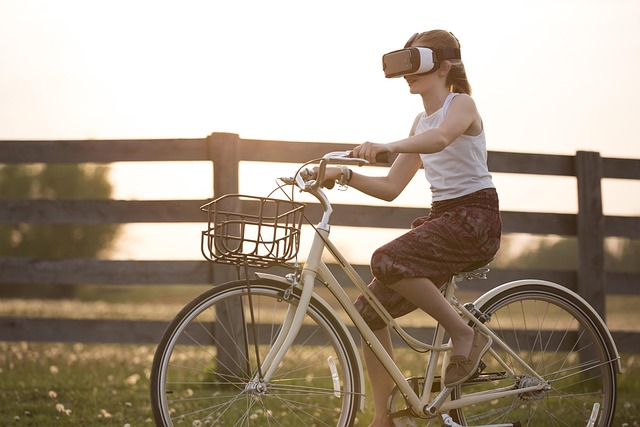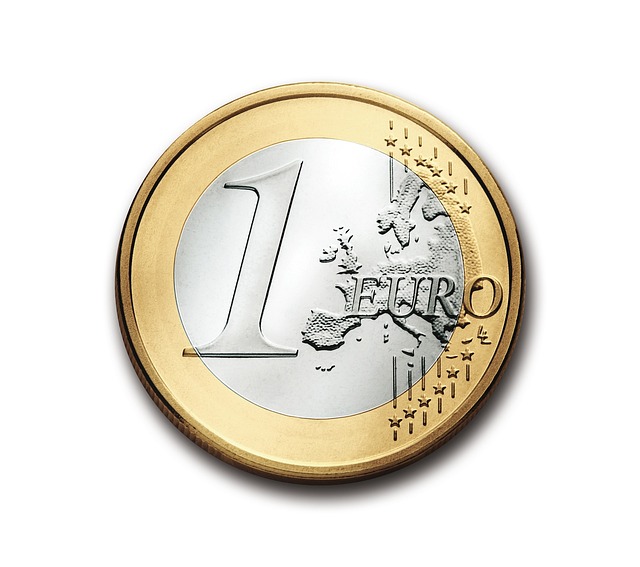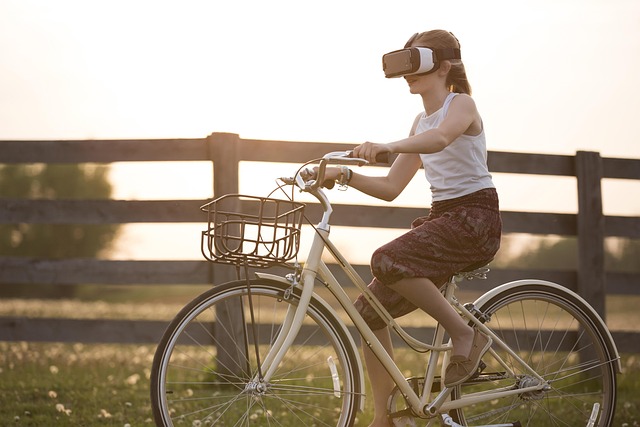Exploring the Future of Education: Virtual Museums in Virtual Reality, Augmented Reality, and the Metaverse
In an age where technology continuously transforms our daily lives, the realm of education is undergoing a significant evolution. One of the most exciting innovations is the emergence of virtual museums that leverage Virtual Reality (VR), Augmented Reality (AR), and the Metaverse. These immersive experiences extend our understanding of history, art, and science, making learning not just informative but also incredibly engaging.
The Power of Virtual Reality
Imagine stepping into a digital replica of the Louvre or walking through ancient Rome without leaving your home. With virtual museums, we can traverse these awe-inspiring exhibits as if we were physically present. VR enables learners to experience the world like never before. For example, students studying art history can engage with paintings in three dimensions, viewing them from angles not possible in traditional classrooms. This not only enhances their appreciation but also deepens their understanding of the technique and emotion behind each masterpiece.
Augmented Reality: Bringing Artifacts to Life
On the other hand, Augmented Reality is transforming how we interact with the world around us. Through AR apps, visitors can point their devices at a historical artifact and watch digital content come to life. Imagine standing in a museum, viewing a Roman sculpture, and being able to see a holographic presentation that details its history and significance—an experience that turns passive observation into an interactive exploration. This technology serves as a bridge, linking the physical and the digital worlds, enriching the educational experience one can gain from virtual museums.
The Metaverse: A New Frontier for Learning
As we delve deeper into the possibilities of the Metaverse, the concept of virtual museums takes on a whole new dimension. The Metaverse is a shared virtual space combining augmented, virtual, and physical realities. Here, museums can create expansive universes where visitors can engage, interact, and learn collaboratively. Imagine a digital exhibition where students from around the world gather to discuss ancient civilizations while exploring individual exhibits in real-time. This multi-dimensional, interactive environment encourages global collaboration, making education a truly universal experience.
The Emotional Connection
At its core, the use of VR, AR, and the Metaverse addresses a fundamental aspect of learning: emotional engagement. When learners can see, interact with, and feel a connection to the subject matter, they are more likely to remember and understand it. The advent of virtual museums is not just about access; it’s about creating emotionally resonant experiences that stimulate curiosity and foster a love for knowledge.
As we navigate this exciting era of technological advancements, the future of education appears brighter, inviting educators and learners alike to explore a world where knowledge, imagination, and technology unite to create unforgettable learning adventures.



